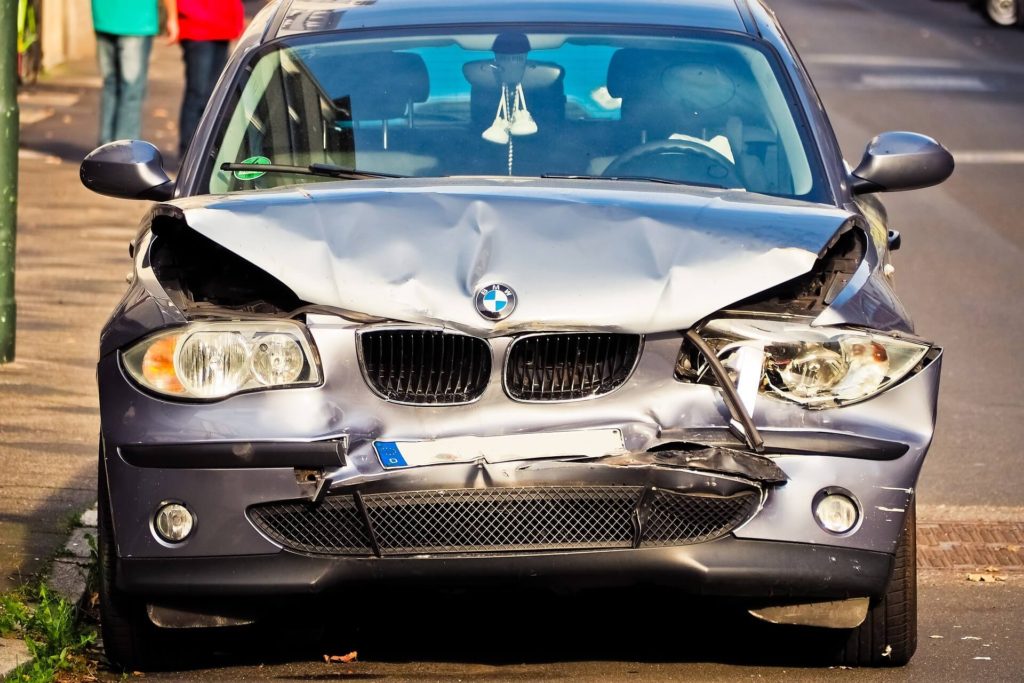Why Tailgating Is a Risky Behavior

All of us have experienced drivers who follow too closely, riding our bumpers and trying to force us to speed up or change lanes. This puts the driver in front in a dangerous position, as he may risk being rear-ended due to another driver’s impatience. It also puts the lead driver at risk of being run off the road, hitting objects in the road, or have difficulties stopping at red lights.
At the end of the day, tailgating is an irresponsible and foolish practice that no driver should commit.
Why Do Some Drivers Tailgate?
Usually, drivers tailgate because they want you to speed up, or move into a slower lane. If you are driving the posted speed limit, some drivers are annoyed. Tailgating is a common form of aggressive driving behavior. Drivers who follow too closely may also be speeding, weaving in and out of lanes of traffic, ignoring stop signs or speeding through intersections, and cutting other drivers off. Intoxicated or fatigued drivers are often guilty of this dangerous driving conduct.
What Makes Tailgating So Dangerous?
Tailgating does not leave enough distance to bring a vehicle to a sudden stop. The distance you need to keep between vehicles can depend on various factors, including road conditions and the speed at which you are traveling, but in most cases, the two-second rule should be followed. If the time difference between the front vehicle and the back vehicle is less than two seconds, the rear driver is guilty of tailgating.
This is particularly dangerous when roads are icy or wet. Following too closely can lead to rear-end crashes and serious injuries to the innocent front-vehicle driver and passengers. This negligent driving behavior can trigger a chain reaction and multi-vehicle pileups. At high speeds, this type of crash can cause crushed or severed limbs, spinal cord injuries, or even death.
How Much Distance Should You Allow to Avoid Tailgating?
Timing yourself to avoid tailgating can vary, depending on conditions. To gauge the proper timing, the rear-driver should pick a fixed point and allow enough distance for his vehicle to arrive at that point the prescribed number of seconds after the vehicle ahead of him. The main methods that drivers should follow to prevent tailgating include:
- Two-second rule: This rule applies for the average passenger car traveling in fair weather with good road conditions. Make sure you reach the established fixed point no less than two seconds after the vehicle ahead of you did. If you are driving a larger vehicle, allow more time to stop or slow down. Some experts recommend allowing three seconds instead of two.
- Four-second rule: If it is raining or the roads are wet, double the two-second rule and allow four seconds instead.
- Ten-second rule: On icy roads or in snowy weather, allow even more time to stop. Maintain a ten-second distance between your vehicle and the car in front for extra stopping space.
What Should You Do if Someone Is Tailgating You?
A driver who insists on riding your tail can put you and others on the roadway at risk. If this happens, there are things you can do to minimize the danger:
- Move over into the next lane if possible.
- Avoid pumping your brakes or slowing down suddenly.
- Consider making the next right turn.
- Do not engage the tailgater with shouting or gestures. This type of behavior could incite road rage.
Advocating for Accident Victims Throughout Dallas
If you have been seriously injured in a tailgating accident that was someone else’s fault, you may be entitled to file a personal injury claim for damages. Your best course of action is to speak with an experienced lawyer as soon as possible.
Our Dallas car accident lawyers at The Lenahan Law Firm can assist you by investigating your accident, securing evidence, assessing your damages, preparing your case, negotiating with insurance companies, and fighting for the compensation you deserve in court, if necessary. Contact us at (214) 295-1008 to schedule a consultation.